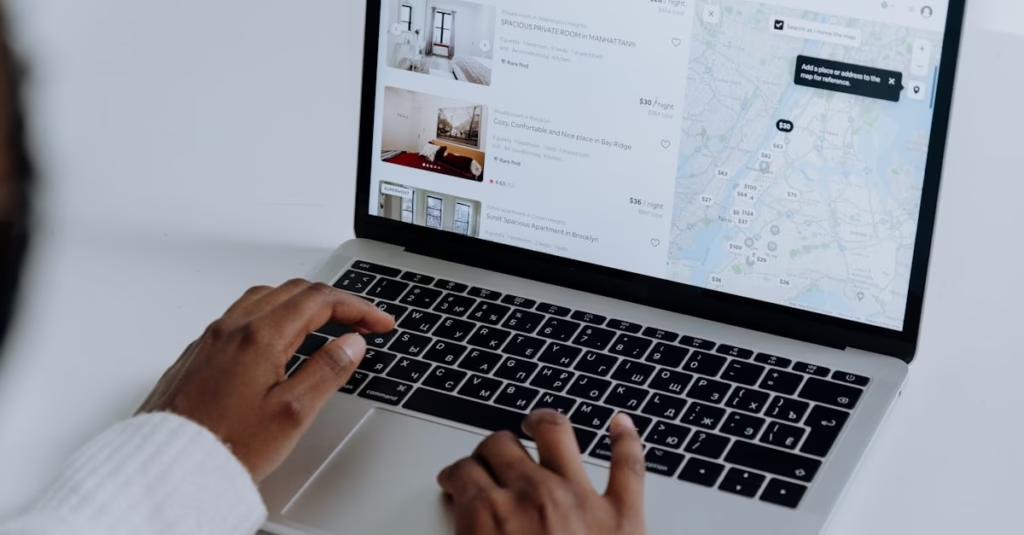Property investing isn’t about luck. It’s about having a system — one that balances finance, strategy, timing, and property selection. Done right, it builds wealth, generates income, and sets you up for financial independence. Done wrong, it ties you to underperforming assets, stress, and financial strain.
Whether you’re a first-home buyer looking for your stepping stone into the market or a seasoned investor building a portfolio, the process follows the same roadmap.
Let’s break it down step by step — with practical examples.
Read moreStep 1. Know Your Financial Goals
Your property is just a vehicle. Without clear goals, you won’t know which vehicle to drive.
Ask yourself:
- Are you buying for security (your own home)?
- Do you want capital growth (equity you can leverage)?
- Are you chasing cashflow (rental income to cover costs)?
- Or are you building a long-term portfolio?
Example:
- First-home buyer in Sydney: Wants a 2-bed apartment under $800K in Parramatta. Goal: live in it for 5 years, then convert it to a rental.
- Investor in Brisbane: Buys a $650K townhouse in a growth corridor (Woolloongabba). Goal: hold 10 years, use equity to purchase a second property.
Tip: Write down your 5, 10, and 15-year property goals. This clarity prevents you from chasing trends or buying in the wrong suburb.

Step 2. Understand Your Property Investment Strategy
Your strategy = blueprint. Without one, you’re guessing.
Common strategies:
- Buy & Hold
- Focus on long-term capital growth.
- Example: Investor buys in Melbourne’s Inner North (Brunswick). Holds 10 years, values rise 70%, property refinanced to fund another.
- Positive Gearing
- Rent covers expenses and leaves surplus income.
- Example: A $500K property in Perth yields 5.5% rental return while loan costs are 4.5%. Investor pockets $5K net each year.
- Negative Gearing
- Rental income doesn’t cover expenses, but tax benefits + capital growth outweigh short-term loss.
- Example: Investor buys $900K Sydney unit. Rent shortfall: $6K annually, but gains $50K in capital growth + tax offsets.
- Renovate & Revalue
- Equity creation through renovations.
- Example: Investor spends $40K upgrading a tired Campbelltown unit, valuation rises $120K. Gains $80K equity uplift.
Tip: Match strategy to stage of life. First-home buyers often mix own home + future investment, while investors choose between cashflow focus (regional hubs, Perth, Brisbane) or growth focus (Sydney, Melbourne).
Step 3. Calculate Your Budget & Cashflow
This step is where people get burnt. They underestimate holding costs and overestimate rental income.
What to factor in:
- Loan repayments (and buffer for rate changes)
- Council rates + strata fees
- Insurance (landlord + building)
- Maintenance (2–3% of property value annually)
- Vacancies (budget 2–4 weeks per year)
Example:
- $700K investment unit in Parramatta
- Loan: $560K (80% LVR) @ 5% interest → $28K/year repayments
- Rent: $600/week = $31,200/year
- Strata + insurance + rates: $5,000/year
- Net position: approx. – $1,800/year (before tax benefits)
This shows why cashflow analysis is essential. On paper, it looks positive, but once costs are factored, it’s neutral.
Step 4. Find the Right Loan
Finance is the lever that turns a $100K deposit into a $500K–$700K asset. But the wrong loan structure can ruin returns.
What to consider:
- Offset account (to park savings + reduce interest)
- Fixed vs variable rates (fixed = certainty, variable = flexibility)
- Interest-only loans (common for investors to boost cashflow)
- Cross-collateralisation traps (don’t let banks tie properties together)
Example:
A Brisbane investor bought two $500K townhouses using separate loans with offsets. That flexibility let them refinance one without affecting the other. Had they cross-collateralised, refinancing would’ve been a nightmare.
Tip: Work with a mortgage broker who understands investment lending, not just home loans.
Step 5. Finding the Right Property
This is where emotions can sink buyers. Remember: you’re buying future performance, not just a pretty kitchen.
Checklist:
- Macro factors: Strong economy, job growth, infrastructure spend.
- Suburb dynamics: Population growth, rental demand, low vacancies.
- Street-level: Proximity to train, schools, shops (<800m).
- Property features: Bedrooms, parking, orientation (north-facing preferred).
Example:
- Good buy: A 2-bed, 1-bath apartment in Burwood (walk to train + university, strata under $3K/year, yield 3.8%).
- Bad buy: A 1-bed in oversupplied Zetland tower (high strata $6K+, vacancy risk, limited capital growth).
Tip: If you’re a first-home buyer, think 2 steps ahead. Will this property also work as an investment later?

Step 6. Do Your Due Diligence
Skipping this step = costly mistakes.
What to check:
- Strata reports (hidden defects, special levies)
- Council zoning (future rezoning = opportunity or oversupply risk)
- Rental demand (vacancy rates <2% = safe bet)
- Demographic trends (young professionals vs. families = type of property in demand)
Example:
One of our clients almost purchased an off-the-plan unit in Homebush. Due diligence revealed three other towers in the council pipeline within 500m. Oversupply risk flagged → walked away.
Step 7. Property Management & Landlord Responsibilities
Once you buy, the focus shifts to management + compliance.
For investors:
- Hire a property manager (2 weeks rent annual fee)
- Adjust rent annually in line with market growth
- Stay compliant with tenancy laws (smoke alarms, safety standards)
- Maintain property to retain tenant quality
Example:
An investor in Adelaide self-managed to save $2K. Poor tenant screening → 3 months rent default + $10K damage. Net cost: $15K. A property manager would’ve cost $1.5K.
For home buyers:
Think long-term: Will this home convert to an investment later? If yes, buy in a suburb that suits both owner-occupiers and renters.
Who Can Help
Property investing isn’t DIY. Build a team of specialists:
- Buyers Agent (that’s us!) – Identify high-performing suburbs, negotiate deals, protect you from risks.
- Mortgage Broker – Finance structuring.
- Solicitor/Conveyancer – Handle contracts + checks.
- Accountant/Tax Advisor – Ensure ownership/tax efficiency.
- Property Manager – Maximise rental returns.
Tip: Each expert saves you money and stress. Think of it as an investment in de-risking your purchase.
Final Word
Property investing works when you follow a structured process: set goals → choose a strategy → crunch the numbers → find the right property → manage it well.
It’s not about chasing headlines or trying to time the market perfectly. It’s about playing the long game, backed by data and professional guidance.
If you’re serious about turning your deposit into a wealth-building asset, book a strategy call today. We’ll walk you through the numbers, the risks, and the suburbs that match your goals.
show less